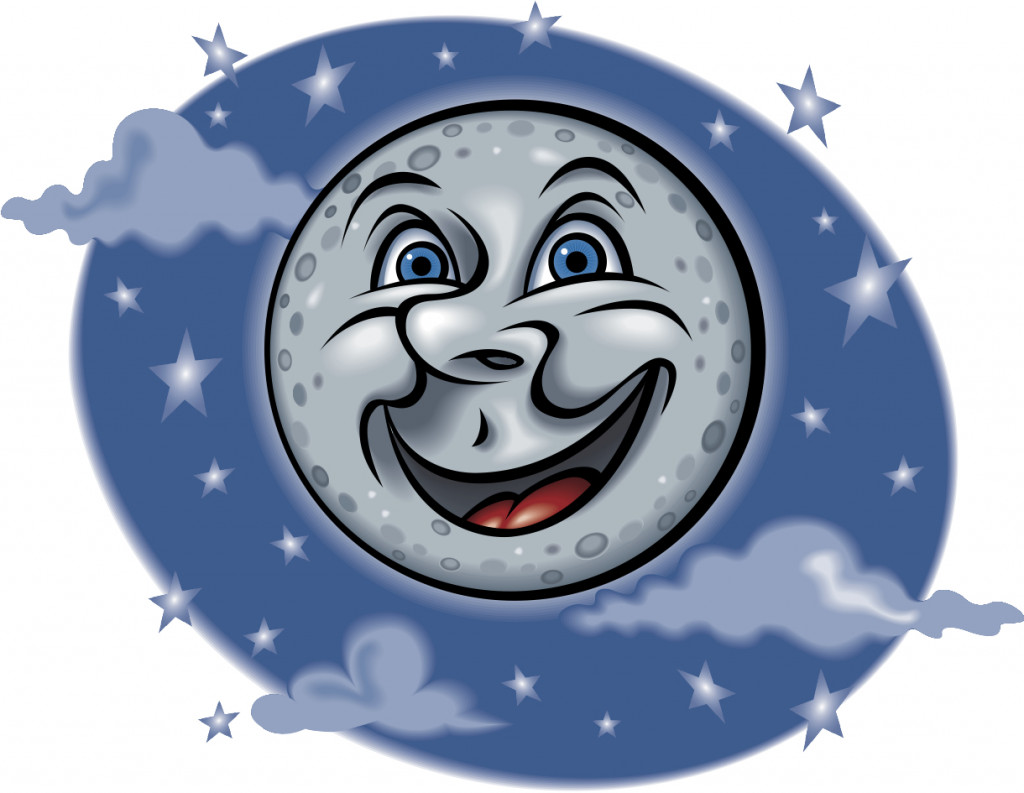Geminid Meteor Shower

The Geminid Meteor Shower is now rated as our best shower of the year. They run from Dec. 4 to Dec. 17, with a peak on Dec. 14. The good thing about that is that the new moon is Dec. 4, so you can start looking at them while the New Moon is occurring. The other good thing is that they start in the evening and run all night. So, 9 p.m. is the perfect time to go out and look for them.
This shower is the brightest and most reliable of any meteor shower that we get. They've now beat out the Perseids. Our only problem would be if a snowstorm comes in, and it's too early to predict the weather for that day. What is interesting about the Geminids is that they can have up to 150 meteors per hour! They travel across our atmosphere at around 22 miles per second. That's amazing!
Meteors tend to travel in groups. So, you may see several in a minute, and then none for the next few minutes. The Gemini constellation rises in the ENE and moves up high by midnight, and then high overhead at 2 a.m. They're visible until about 5:30 a.m. The meteors will travel all over the sky.
While the constellation is low in the sky, you'll see some Earthgrazers. Those are bright meteors that travel along the horizon. What makes them so bright is that they skim along the top of our atmosphere.
Prior to their peak they are fainter. Then for 24 hours after the peak they're very bright. So, you should be able to have good viewing also on the 14th. Unfortunately, the moon will get very bright by then, but since it sets around 3 a.m. you'll be able to view them. So, then you can go out and look at the sky to see the wonderful Geminids. They can also be colorful. Most are yellow or white, but sometimes they can be red, orange, blue and green.
Most meteor showers originate from comets. When a comet swings around the Sun, it sheds icy material to form a long tail. They're mainly tiny pieces of ice and dust that can accumulate in great clouds of debris along the comet’s orbit. When Earth slams into this debris, the meteor shower is created.
Although meteor showers get their name from the comet they seem to originate from, they actually don't. It's just that area of the sky. Geminids actually originate from pieces broken off an asteroid named 3200 Phaethon. So, go out and enjoy them!



